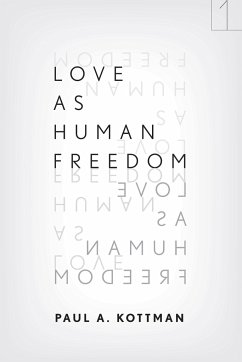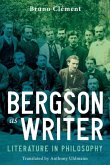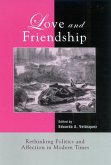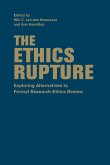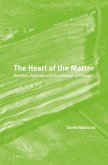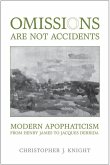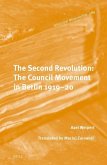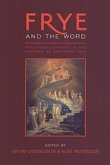Paul A. Kottman is Associate Professor of Comparative Literature at the New School for Social Research. He is the author of A Politics of the Scene (Stanford, 2007) and the editor of Philosophers on Shakespeare (Stanford, 2009).
Hinweis: Dieser Artikel kann nur an eine deutsche Lieferadresse ausgeliefert werden.
Hinweis: Dieser Artikel kann nur an eine deutsche Lieferadresse ausgeliefert werden.

